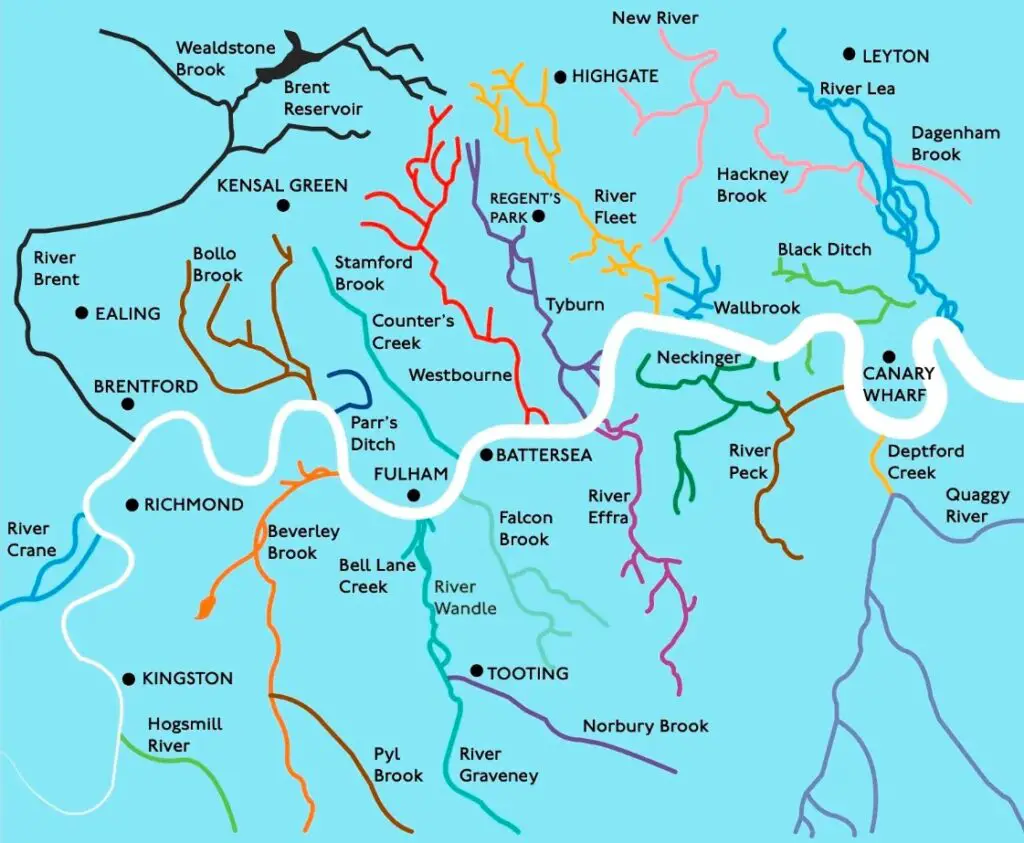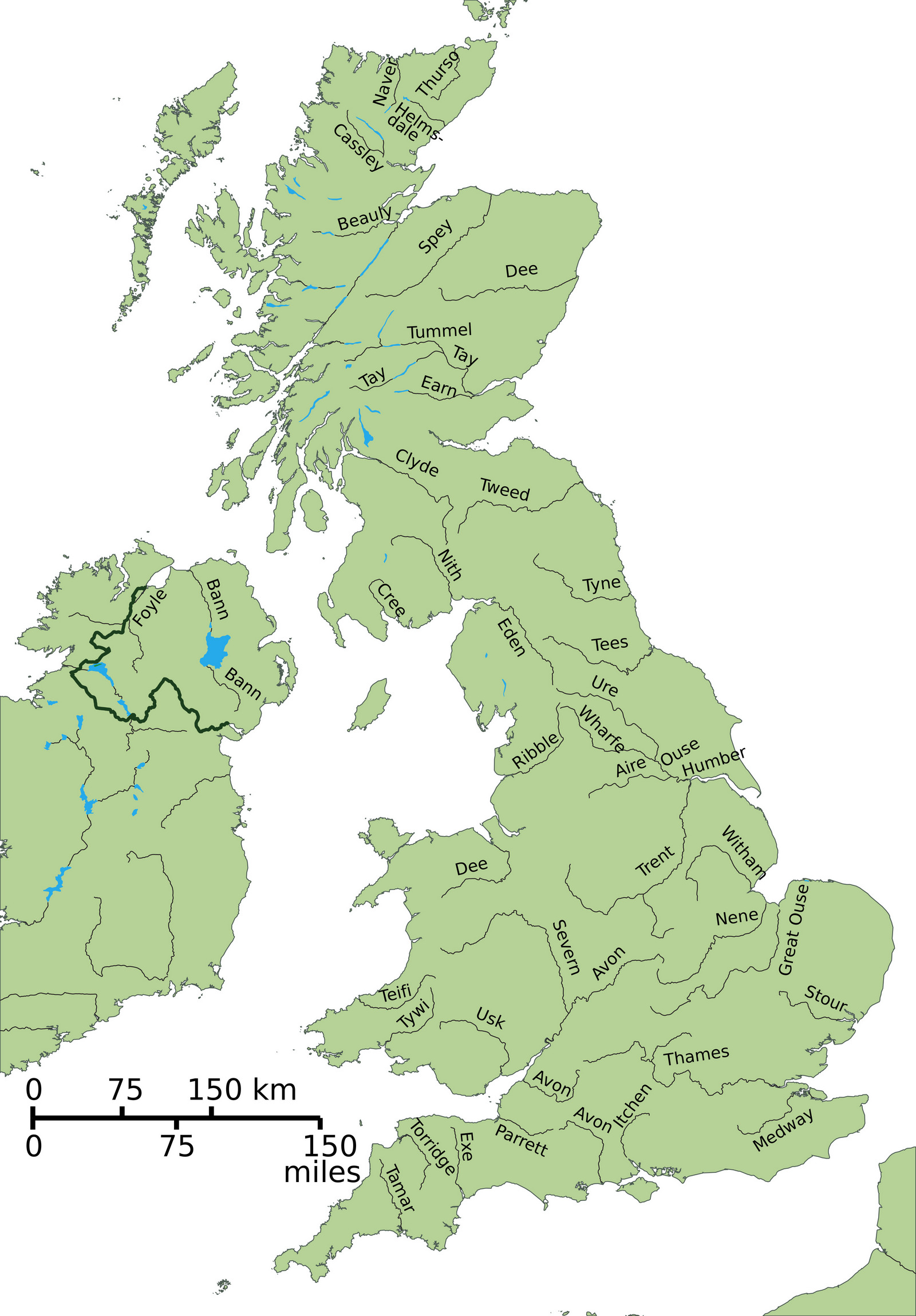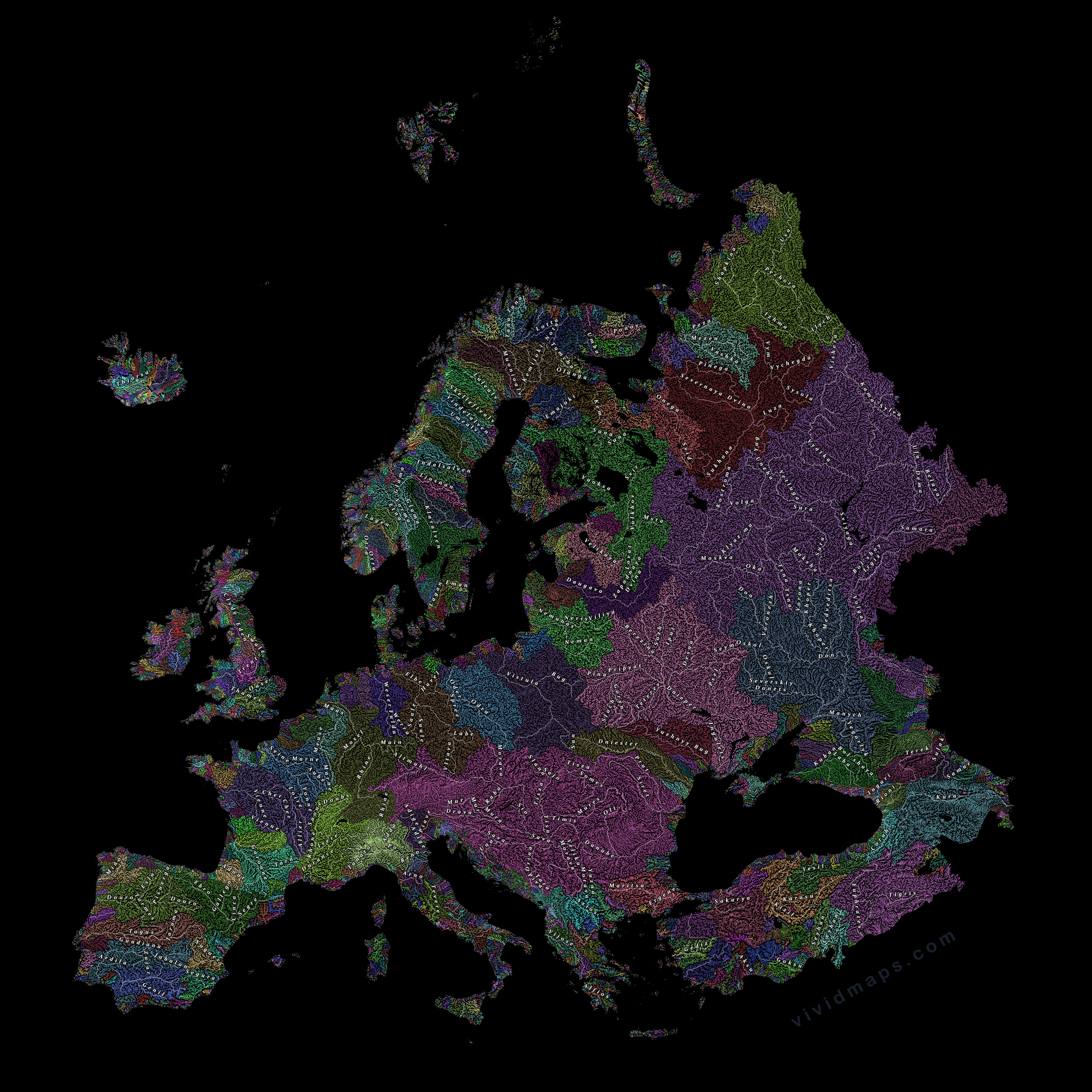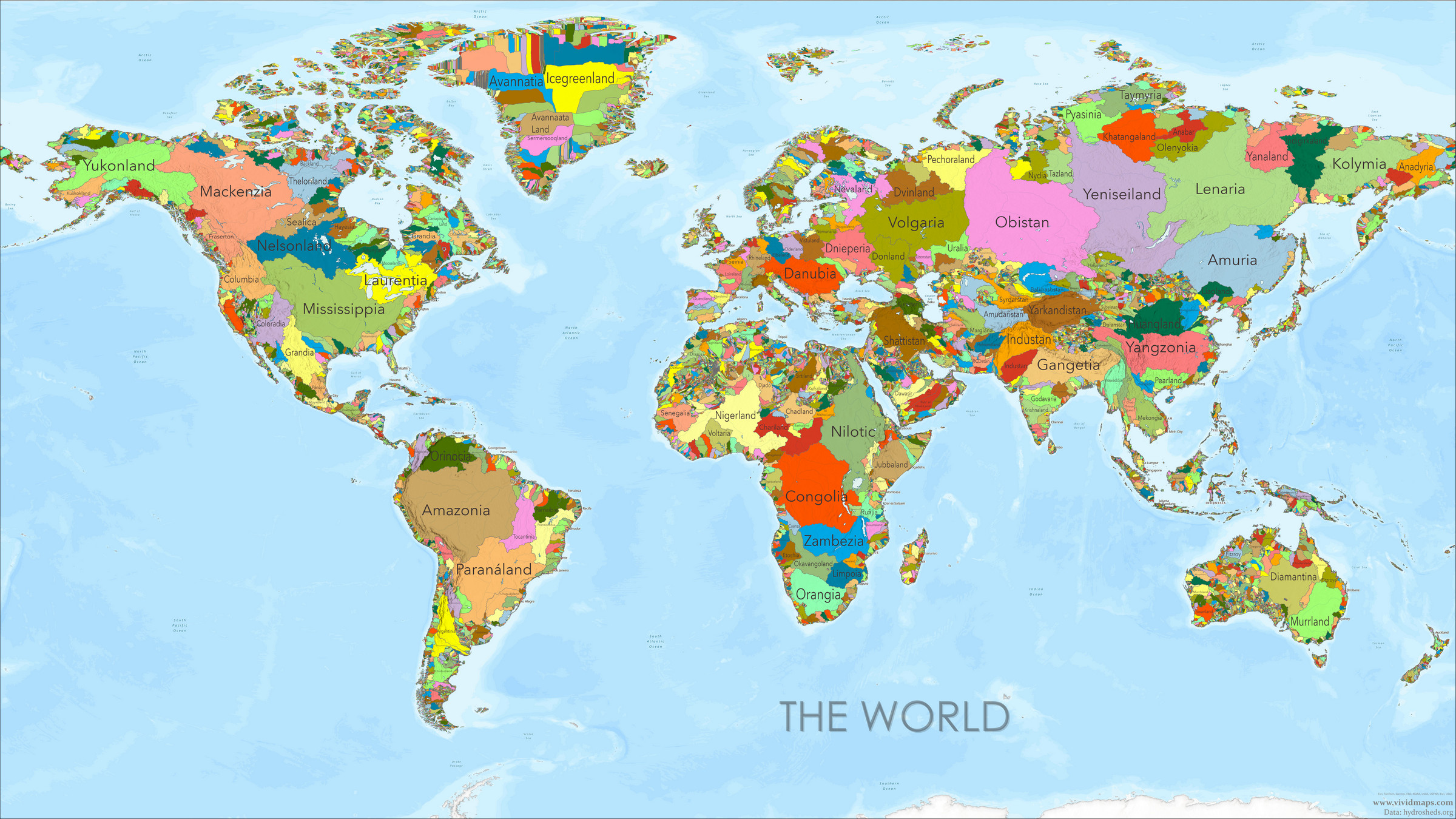The lost rivers of London
London was historically crisscrossed by numerous rivers and streams that played a crucial role in its development and growth. However, as the city expanded and urbanization took over, many of these rivers were gradually covered, redirected, or built over to make way for roads, buildings, and other infrastructure.
The map below shows the lost rivers of London that have now been built over.

The River Fleet was one of the most significant rivers in medieval London, flowing from Hampstead Heath through the heart of the city and into the Thames. It served as an important trade route and source of water. Over time, pollution and sewage turned the Fleet into an open sewer, and it was eventually covered over in the 19th century. Parts of its route are still traceable in underground tunnels.
The River Tyburn flowed from the Hampstead area to the Thames, passing through what is now Regent’s Park and Marylebone. It played a role in the city’s water supply and powered mills. As London expanded, the Tyburn was culverted and covered over, with some sections now forming part of the sewer system.
The Westbourne River had its source in Hampstead, flowed through Bayswater, and entered the Thames near Chelsea. It was known for its clean waters and was used by local industries. Urbanization led to its enclosure, and today it flows mostly through underground channels.
The Walbrook was a small river that ran through the heart of Roman and medieval London. It was covered over due to its tendency to flood and hinder development. The river’s course is now largely beneath the streets of the financial district.
The Neckinger River flowed from the area around Elephant and Castle to the Thames, passing through Bermondsey. Its name is believed to be derived from the term “Devil’s Neckcloth,” due to its treacherous waters. The river was gradually covered and incorporated into the sewer system.
The Effra River originated in what is now Crystal Palace Park and flowed through Brixton and Herne Hill before reaching the Thames. Urbanization led to its covering and rerouting, and it now flows through underground conduits.
The River Wandle flowed through parts of South London, including modern-day Wandsworth and Merton. It was an important source of power for mills and industry. Portions of the Wandle are still open and accessible today.
It is estimated that there were around 20 or more significant rivers and streams that have been covered or built over in London.
To learn more about the history of London, have a look at the following books:








